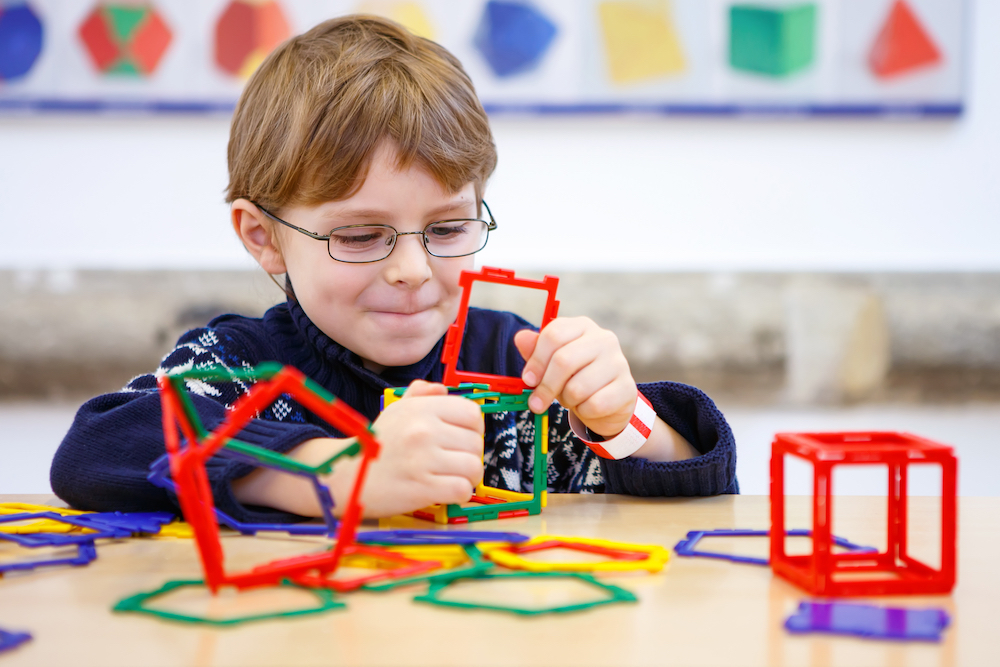
Myopia or nearsightedness is a refractive error or a condition that affects the ability to see distant images. The American Optometric Association suggests that about 30 percent of the population suffers from myopia. Myopia affects people of all ages, and it is usually genetic.
Myopia is not necessarily dangerous, but it can increase the risk of developing serious eye diseases. For 10 percent of children, the condition continues to get more severe. It is vital to find out when your child should start myopia management to help preserve their sight.
Causes of Myopia
Myopia occurs when the eye grows longer than normal, causing the light entering the eye to refract incorrectly. The light focuses at the front of the eye retina instead of directly on it. Myopia usually develops in childhood and continues as the eyes grow.
As the eyes' axial length grows, prescription worsens. It continues throughout the teenage years, finally reaching a plateau around 20 years when eye growth stops.
Signs of Myopia
Some signs can help to indicate that your child may have myopia. These include:
Squinting when reading
Sitting close to the TV or computer
Holding books next to the face
Children with myopia have reduced vision clarity for their age, and they find it difficult to see the classroom board. Others show a lack of interest in activities that need clear distance vision. If your child shows any symptoms, schedule an eye exam.
Controlling Myopia Progression
It is possible to halt or slow down the progression of myopia. Thus, it is possible to control the condition to prevent it from becoming high myopia. It protects children from the risk of developing diseases associated with severe myopia.
Myopia management is a program that an eye doctor prescribes. There are several ways to slow myopia progression, and their prescription depends on age and myopia severity.
Myopia Management Techniques
There are several myopia management treatments available. The different treatments include:
Using eyeglasses with bifocal or multifocal lenses
Multifocal contact lenses
Using atropine eye drops
Orthokeratology (ortho-k) treatment is very effective for reducing myopia progression.
Ortho-k involves wearing special rigid contact lenses at night. The lenses help flatten the cornea as the child sleeps. This also improves the way light focuses on the retina. The child can see all day without using glasses.
When to Start Myopia Management
The best time for your child to start myopia management is as soon as possible. Eye doctors can treat children as young as three years old. Myopia will generally worsen through the teen years before stabilizing.
For optimal results, the management program should begin immediately after detecting myopia. If myopia in your little one is becoming worse each year, talk to your eye doctor about myopia management.
Myopia management produces positive results and can help reduce myopia progression by almost 80 percent. Your child's eye doctor will be able to determine the most effective management plan for your child.
To learn more about when your child should start myopia management, contact Clarity Vision in Apex, North Carolina, at (919) 367-2832 today to schedule an appointment.
















